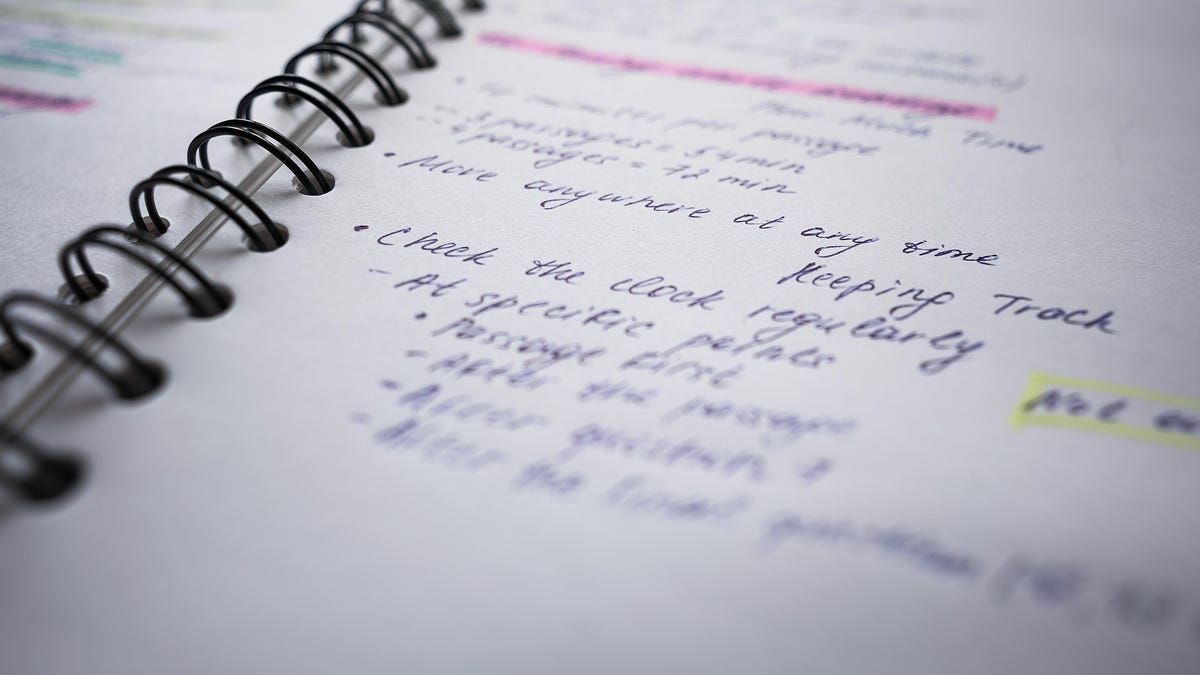Use the Von Restorff Effect When Learning Difficult Concepts

Memory is incredibly complex, which is probably why it’s studied and researched so much—and why researchers who make big discoveries about how it works name phenomena after them. A great example of this is the von Restorff effect, which refers to our brain’s ability to remember discrete pieces of information over more homogeneous ones, a fact discovered by a German psychiatrist named Hedwig von Restorff. This is an interesting biology fact, but it can also be very useful to know when you’re learning a difficult concept. Here’s why and how to use the von Restorff effect effectively.
What is the von Restorff effect?
In previous articles, I have discussed various memory effects that can be used while studying, such as the primacy effect , the Proust effect , and the production effect . They all start with a nice round letter “P”. If I were to add the von Resterow effect to this list, it would stand out solely because of the variety in its name – the hard angle of the “V”. Because of this, you’ll most likely remember the von Restorff effect… and this is the von Restorff effect in action.
Simply put, this is the “isolation effect,” which ensures that your brain remembers an item in a list if it has a distinctive feature that sets it apart from other entries in the list. When teaching, this effect can be achieved by somehow changing the meaningfulness of an object or piece of information, be it color, size, font choice, or other means.
How to Use the Von Restorff Effect to Remember What You Learn
Once you realize the simplicity of this concept, it will be easy to find ways to implement it into your study habits.
- In your notes, use a highlighter specifically to highlight words or concepts that you need to remember for the test.
- Using flashcards, write concepts and words that you find difficult to understand in a different color.
- As you study with others and review the material (or read your notes aloud), try to associate a unique movement—such as a specific hand gesture—with the concepts you’re discussing.
- Use a shape, such as a circle or frame, to outline key parts of your notes or textbook materials.
- When creating a mind map, move the circle containing the most important concepts (or the one you’re struggling to grasp) to a further part of your page, visually distinguishing it from the rest of the clusters.
The goal is to differentiate what you really need or find difficult to remember using color, movement, shape, or even orientation. If you compartmentalize certain ideas or words, they will stick better in your brain, no matter how you do it.